World Population Highlights: Key Findings From PRB’s 2007 World Population Data Sheet
2007) In 2005, about 191 million people—3 percent of the world's population—were international migrants, according to UN estimates.
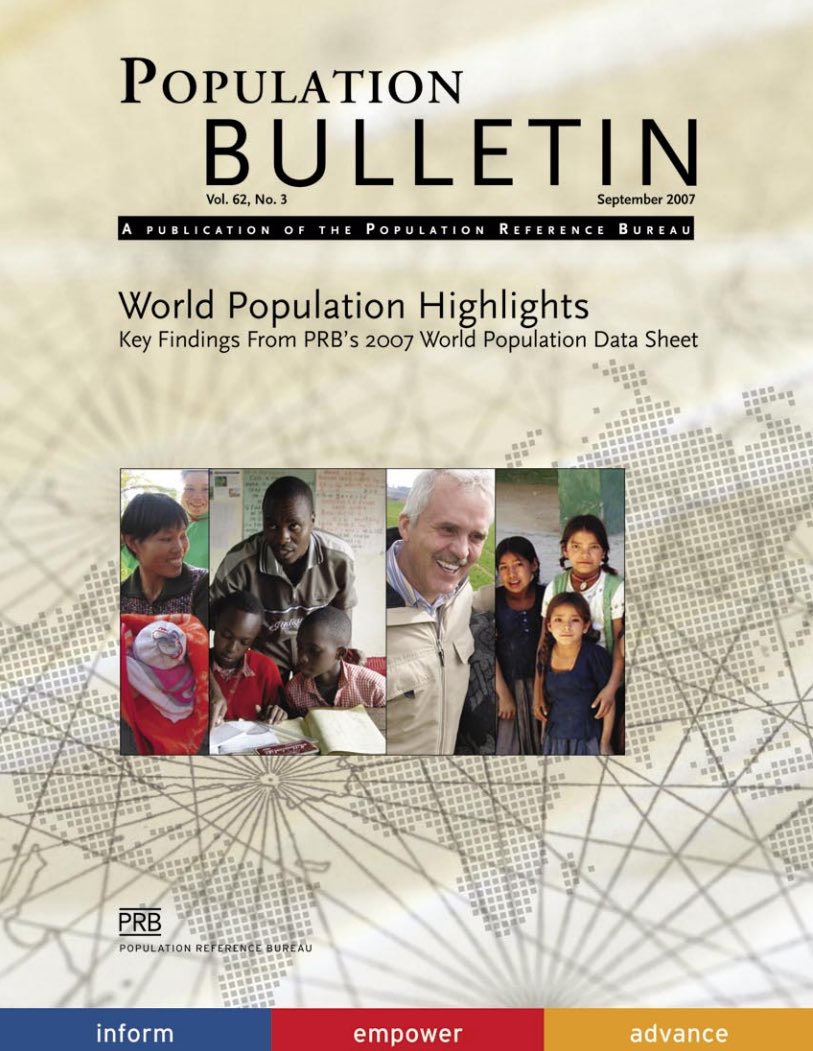
2007) In 2005, about 191 million people—3 percent of the world's population—were international migrants, according to UN estimates.

Project: Counting Women’s Work
Une stratégie de communication politique solide est un élément important du processus de changement politique réussi pour la prise en compte du travail domestique non rémunéré dans les politiques publiques et macro-économiques.

(2012) Jan. 25, 2012, marked the one-year anniversary of the antigovernment protests in Egypt that led to President Hosni Mubarak's resignation. Hundreds of thousands of Egyptians, including a vast majority of young people, demanded political freedom, better wages, and better working conditions.
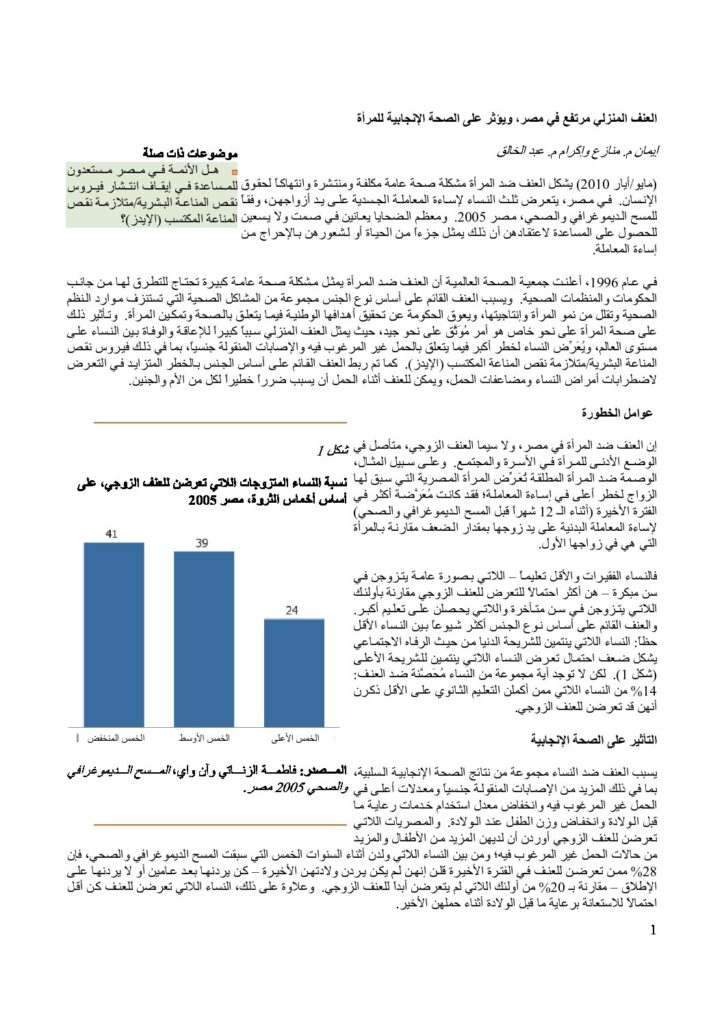
(2010) Violence against women is a costly and pervasive public health problem and a violation of human rights. In Egypt, a third of women are physically abused by their husbands, according to the 2005 Egypt Demographic and Health Survey (DHS).
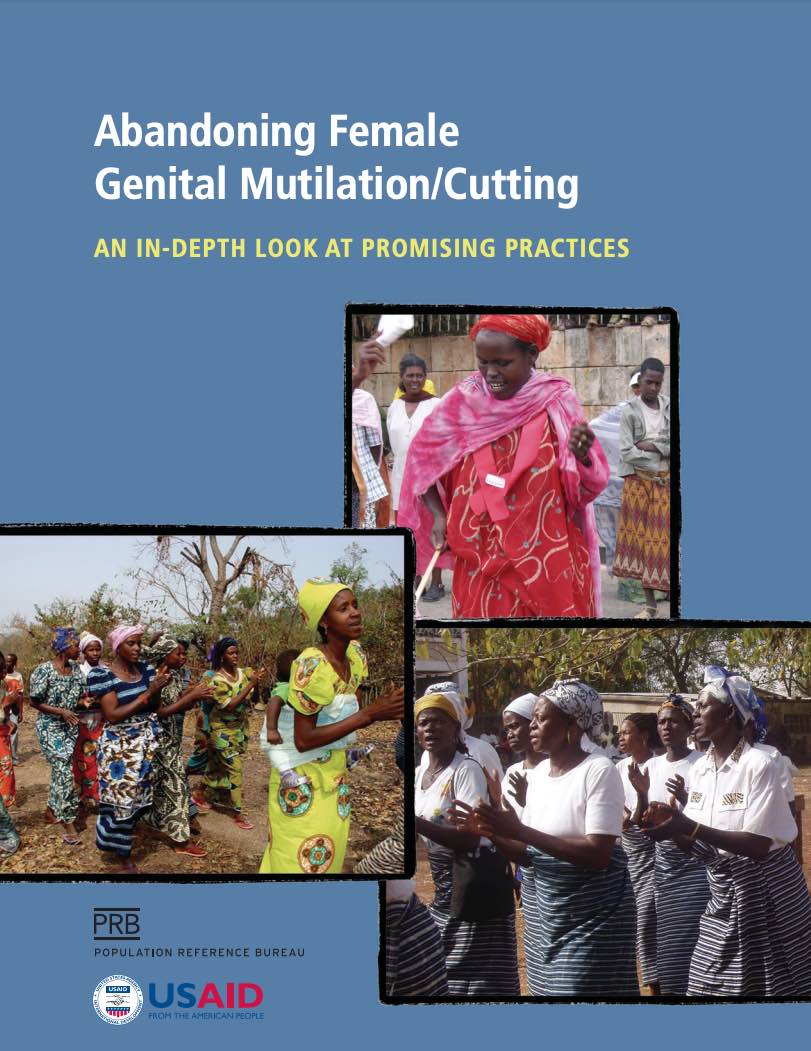
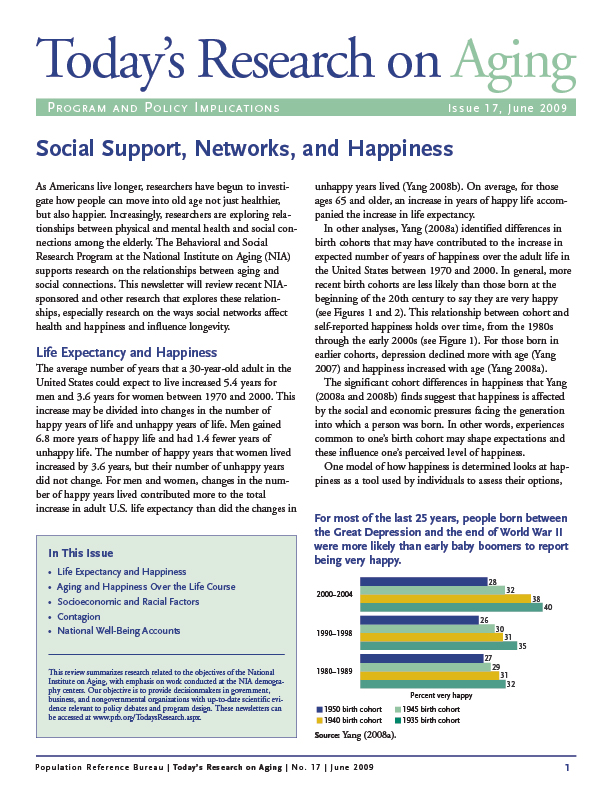
Project: Demography and Economics of Aging and Alzheimer’s Disease
As Americans live longer, researchers have begun to investigate how people can move into old age not just healthier, but also happier.

Project: Center for Public Information on Population Research (CPIPR)
In 2020, the U.S. TFR dropped to 1.64, the lowest level ever recorded.

At the 15th Global Workshop of the National Transfer Accounts Network, PRB facilitated a discussion on how NTA research plays a crucial role in fulfilling countries’ commitments toward achieving the demographic dividend and fostering inclusive development.
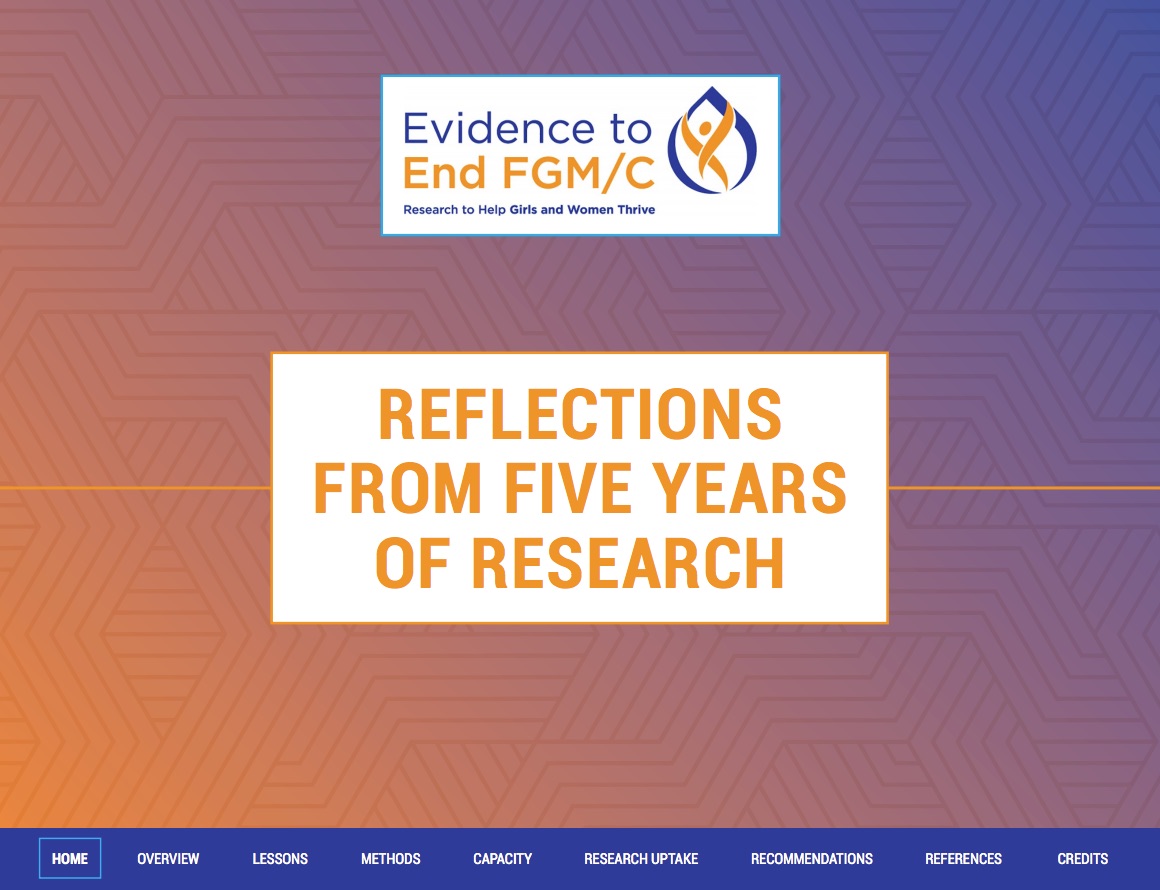
Project: Evidence to End Female Genital Mutilation/Cutting
From 2015 to 2019, the African-led consortium developed innovative research methods and uncovered new evidence about the practice and how it is changing—focusing on families and communities, and health and legal systems—in eight countries: Burkina Faso, Egypt, Ethiopia, Kenya, Nigeria, Senegal, Somalia, and Sudan.